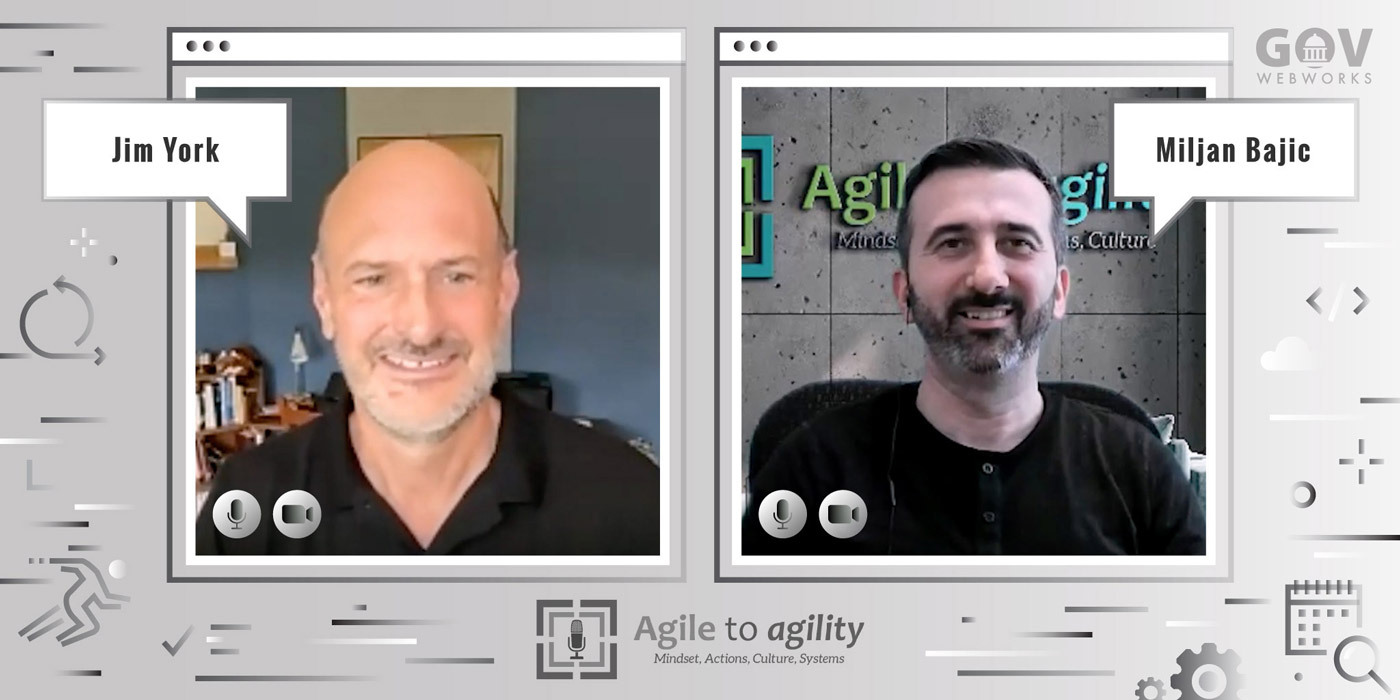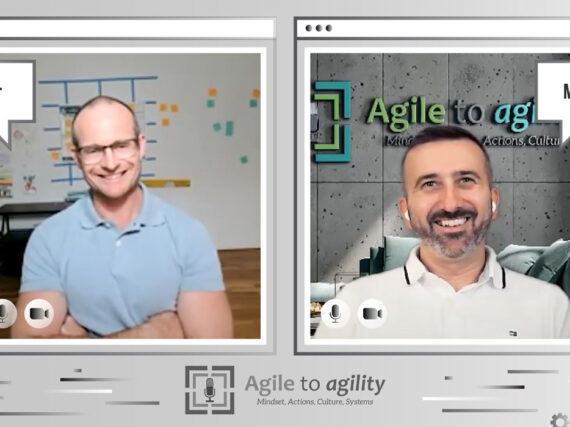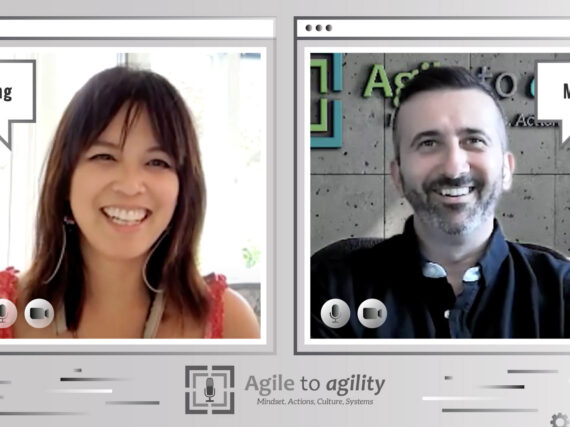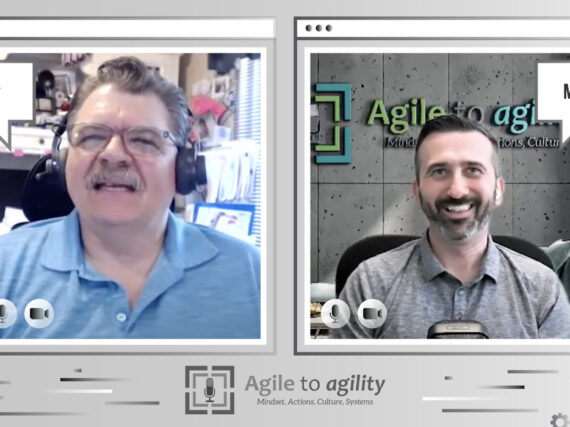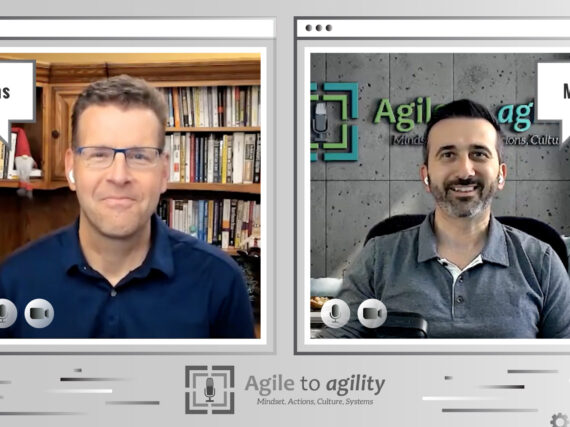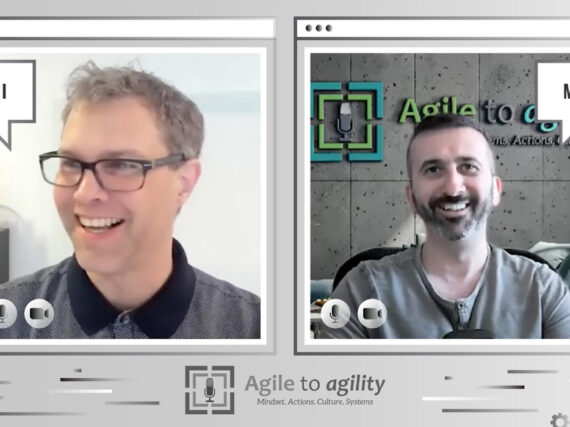What does a Product Owner do? It’s a question that comes up from time-to-time for new clients. According to Scrum coach and trainer Jim York, the Product Owner role brings “product management into direct and ongoing interaction with the team building the product.”
“Instead of acting as an external stakeholder, the Product Owner is a full member of the Scrum team,” as York explains in his blog on What to look for in your Product Owner. “In effect, [the Product Owner] is the team’s real-time business decision maker.”
As a Certified Enterprise Coach and a Certified Scrum Trainer, York runs FoxHedge Ltd, a training and consulting company in Leesburg, Virginia, that specializes in helping organizations balance agility and focus. During his 25 years in the Agile community, York has spoken at a number of Agile conferences and held roles at both the Scrum Alliance and Agile Alliance.
York talks with Miljan Bajic about definitions for the Product Owner role.
To start with, how do you define a product?
The product is the thing that satisfies the customer’s need. Only when we understand the customer and the job to be done, do we understand the product. We’re targeting a certain customer with a job to be done and a space that makes things better for that customer.
The product is that thing that evolves through time as that customer’s need changes, as new tech and laws and regulations emerge, as cultures evolve.
All those shifting dynamics can effect the possibilities of what is needed. It’s not about the solution, but the thing that solves the need.
How do you define a Product Owner?
I like to use the metaphor of a Product Owner as an architect. Back when we conducted classes at a hotel, I asked the class to think about the architect who built the hotel. They are probably not the investor, and they are probably not the user, but they need to consider the needs of both. They also need to operate within the constraints of the hotel brand and zoning regulations and work with the engineers, plumbers, and contractors. I don’t expect them to be an expert in all the disciplines and domains, but I do expect them to pull it all together.
A Product Owner needs to nurture the cadre of people who are doing the work, manage the coalition of stakeholders, and maintain the integrity of the vision.
There are a lot of influences on a Product Owner’s decision making processes. We want to get as much information available to the Product Owner so they can make a better informed decision. They need to be empowered to act in the best interests of the customer and think about both short term execution, as well as long term sustainability of that value.
I’m going to use a definition of empowerment from Rob Thomsett who wrote a book called Radical Project Management. He said what he called a business sponsor needs to have a baseball bat and a bag of money. The bat is the organizational authority to resolve any and all conflict within the product space. As for the bag of money, the business sponsor decides how to spend the money. In order for a Product Owner to be effective, they have to have the authority to make these business decisions.
How do you define a customer?
The customer is the one who pays for the product, the investor in the solution. They aren’t necessarily the one who will use the product.
There’s a trust that has to exist between the customer and the Product Owner. They have to trust that individual to do the best job they can to make the best decisions based on what they know at the time.
There are unknowns, every item in the product backlog is essentially a hypothesis. An effective Product Owner is going to activate a learning loop where they try something and get a reaction from a real customer. And once we get that reaction we have some data to use.
How do you manage the product backlog?
My favorite line in the 2020 Scrum guide is, “The moment a product backlog item meets the definition of done, an increment is born.” That tells me as a Product Owner how I need to craft a product backlog item. It needs to be done within a Sprint and when it is done, it becomes an increment that is useful and valuable to the customer. I can show it to a customer and they can actually use it and give me feedback on fit for purpose.
Developers on a team have to be there in the Sprint planning meeting and say we’re all committing to get this item done soup-to-nuts in a two-week Sprint. We’ve reduced the unknowns so we can make a responsible decision to take it on and get it done.
If we can’t say that, the item is not ready and we’re not going to bring it into the Sprint. If we are disciplined in our Sprint planning meetings, we are not going to take on anything that we cannot get to done by the end of Sprint.
What are your thoughts on the product goal?
I often liken it to trying to catch lightening in a bottle. Thank goodness we’re Agile, we don’t write it down and say those are the words and we’re sticking to those words. We write it down and say how did that do? We observe for a while and see how it works.
The establishment of a product goal is a simplifying technique. You must attain, or abandon, one product goal before taking on another.
A lot of problems come from unnecessary complexity. We need to use the limited time we have for the things that are most important. If you want to be effective in delivering and are struggling, simplifying things is one of the first techniques. Rather than trying to juggle nine balls let’s see if we can do one. Once we’ve mastered that, we can do more.
Agile is about how fast can we learn. We’re learning about the product and the processes and the human dynamic of our relationships. We learn over time how to accelerate the process of building trust to work with the various stakeholders.
Do you have any final advice for Product Owners?
You will make mistakes. The measure of an effective Product Owner is your response and your ability to remediate the mistakes that you make.
Learn more
- Contact GovWebworks to learn more about implementing Agile practices for a project or team
Listen to the Agile to Agility podcast:
- Jim York: Product Ownership, Product Dev, Scrum Guide 2020: Agile to Agility with Miljan Bajic
Contact Jim York:
